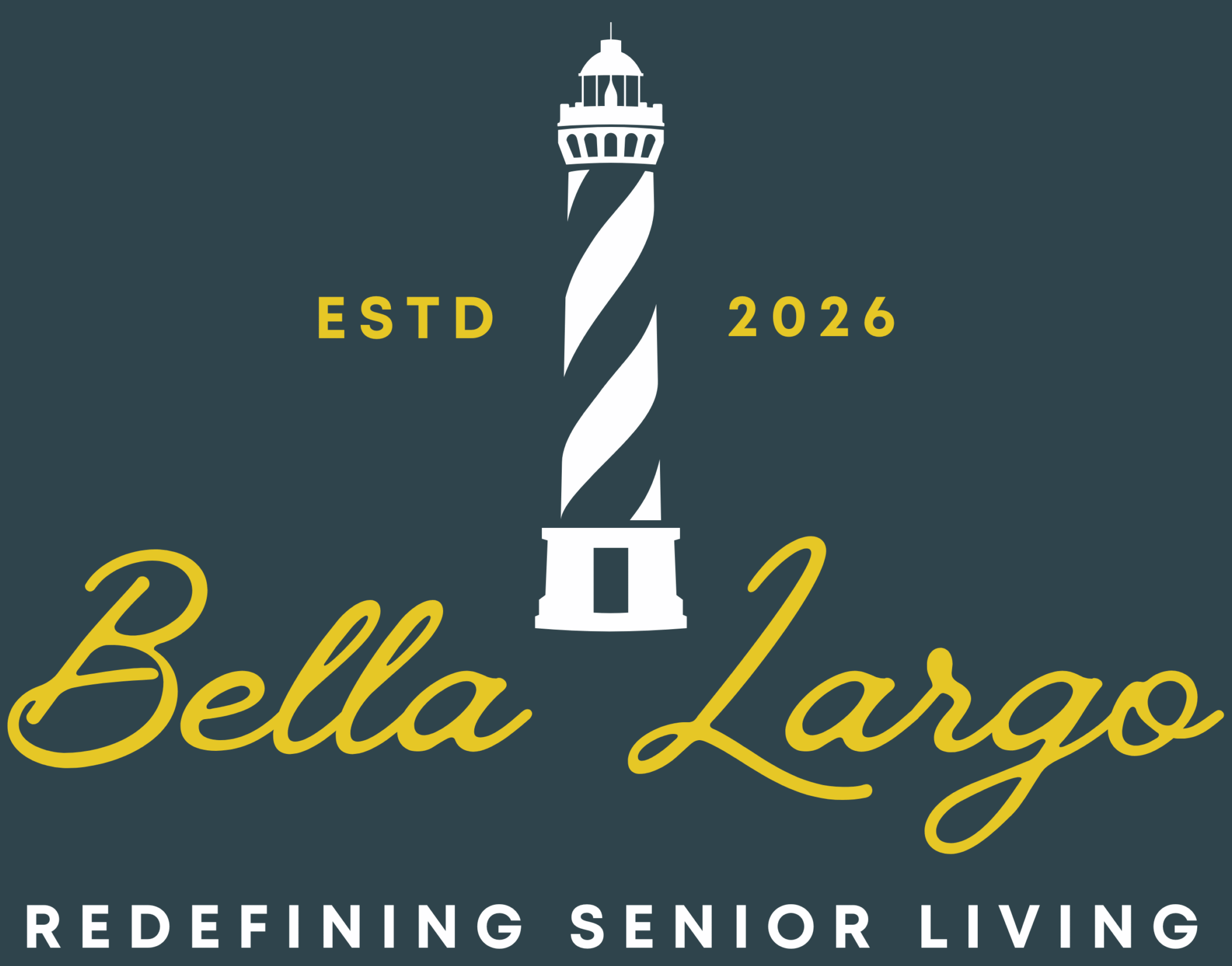Below is a concise checklist for evaluating senior care facilities, including assisted living and memory care, to ensure they meet the needs of you or your loved one. Use this during research and visits to compare options systematically.

1. Care and Services
- Care Needs Met: Does the facility provide required care (e.g., assistance with daily activities, medication management, memory care, or chronic condition support)?
- Personalized Care Plans: Are care plans tailored to individual needs and updated regularly?
- Medical Support: Are nurses or medical staff available? How are emergencies handled? Is there coordination with external healthcare providers?
- Specialized Care: For memory care, are there dementia-trained staff, wander-prevention measures, and behavioral support?
- Staffing Ratios: Is the staff-to-resident ratio adequate (especially for memory care)? Are staff available 24/7?
- Staff Training: Are caregivers certified in relevant areas (e.g., dementia care, CPR)? What’s the staff turnover rate?
2. Safety and Environment
- Secure Premises: Are there secured entrances/exits, alarms, or enclosed outdoor areas (critical for memory care)?
- Safety Features: Are there handrails, non-slip floors, emergency call systems, and adequate lighting?
- Cleanliness: Is the facility clean, odor-free, and well-maintained in common areas, resident rooms, and bathrooms?
- Navigation: Is the layout simple with clear signage or memory aids (e.g., color-coded areas, memory boxes)?
- Accessibility: Are rooms and common areas wheelchair-accessible or adaptable for mobility issues?
3. Daily Life and Activities
- Engaging Activities: Are there varied, meaningful activities (e.g., cognitive games, music therapy, exercise, or outings) tailored to residents’ abilities?
- Social Opportunities: Are there communal spaces and group events to foster connection?
- Routine Structure: Is there a consistent daily schedule to reduce anxiety (especially for memory care)?
- Resident Well-Being: Do residents appear engaged, comfortable, and well-groomed during visits?
4. Dining and Nutrition
- Meal Quality: Are meals nutritious, varied, and appealing? Sample a meal if possible.
- Dietary Accommodations: Can the facility accommodate special diets (e.g., diabetic, low-sodium, or cultural preferences)?
- Dining Assistance: Is help provided for residents who need support during meals?
- Hydration Programs: Are residents prompted to stay hydrated, especially in memory care?
5. Facility Policies and Transparency
- Licensing and Compliance: Is the facility licensed and in good standing with state regulations? Check inspection reports.
- Complaint History: Are there unresolved complaints or violations? Verify via state health departments or ombudsman programs.
- Contract Clarity: Is the contract clear on services, fees, and policies for discharge or care transitions?
- Family Involvement: Are there regular care updates, family support groups, or flexible visiting hours?
- Resident Feedback: How is resident or family feedback collected and addressed?
6. Cost and Affordability
- Fee Structure: Are all costs (base fees, additional services) clearly explained? Are fees all-inclusive or a la carte?
- Affordability: Does the cost fit your budget? Are there options for future cost increases?
- Funding Options: Does the facility accept long-term care insurance, Medicaid, or veteran benefits? Confirm eligibility.
- Value for Cost: Do the services and amenities justify the price compared to other facilities?
7. Social and Cultural Fit
- Community Vibe: Does the atmosphere feel warm, homelike, and welcoming?
- Cultural Sensitivity: Are religious, cultural, or lifestyle preferences respected (e.g., holiday celebrations, language support)?
- Resident Compatibility: Are residents at similar cognitive or functional levels, especially in memory care?
8. Observations During Visits
- Staff Interactions: Do staff engage with residents respectfully and compassionately?
- Activity Participation: Are residents actively participating in programs, or do they seem disengaged?
- Atmosphere: Is the environment calm and supportive, with minimal overstimulation (key for memory care)?
- Red Flags: Are there signs of neglect, understaffing, or poor maintenance?
9. Additional Considerations
- Location: Is the facility conveniently located for family visits or near medical services?
- Transition Support: How does the facility handle moving to higher care levels or hospice?
- Trial Period: Is there an option for a short-term stay to test compatibility?
- Gut Feeling: Do you feel confident about the offered care and environment?
How to Use This Checklist
- Before Visiting: Review the checklist to prioritize needs (e.g., memory care, budget, or specific amenities).
- During Visits: Bring the checklist to multiple facilities, ideally visiting during activities or meals. Take notes and ask staff specific questions tied to each category.
- Compare Options: After visits, score facilities based on how well they meet each criterion. Discuss with family or the prospective resident.
- Verify Details: Cross-check licensing, reviews, or complaints online or via state agencies. I can help search for real-time data if you provide a location or facility name.
Tips
- Involve the prospective resident in decisions when possible, to ensure comfort.
- Visit unannounced or during off-hours to see authentic operations.
- Consult a geriatric care manager for complex needs or decision-making support.

